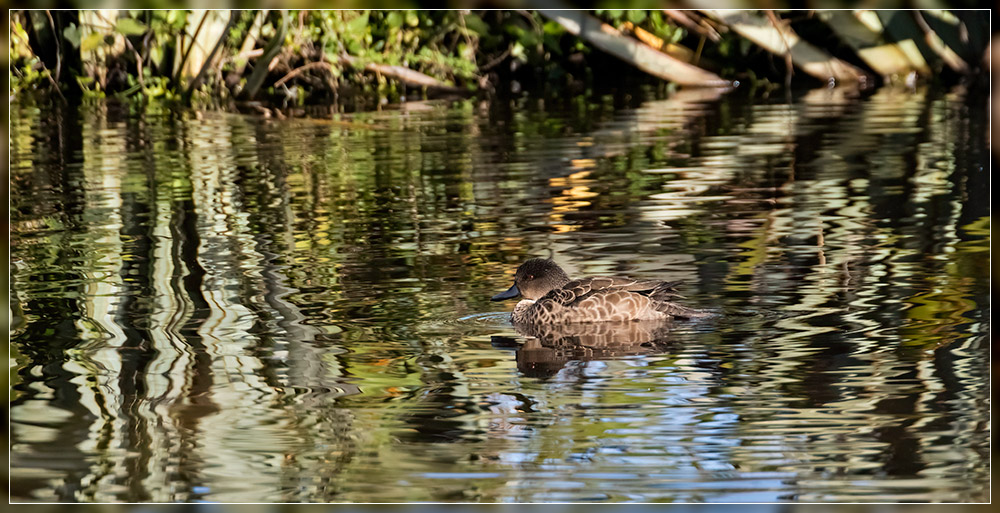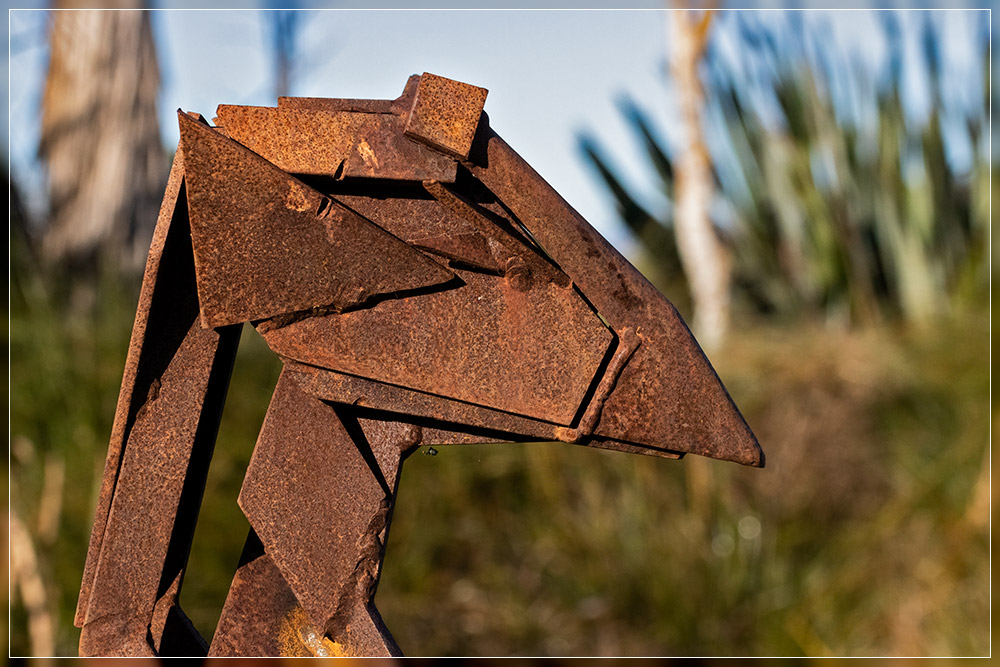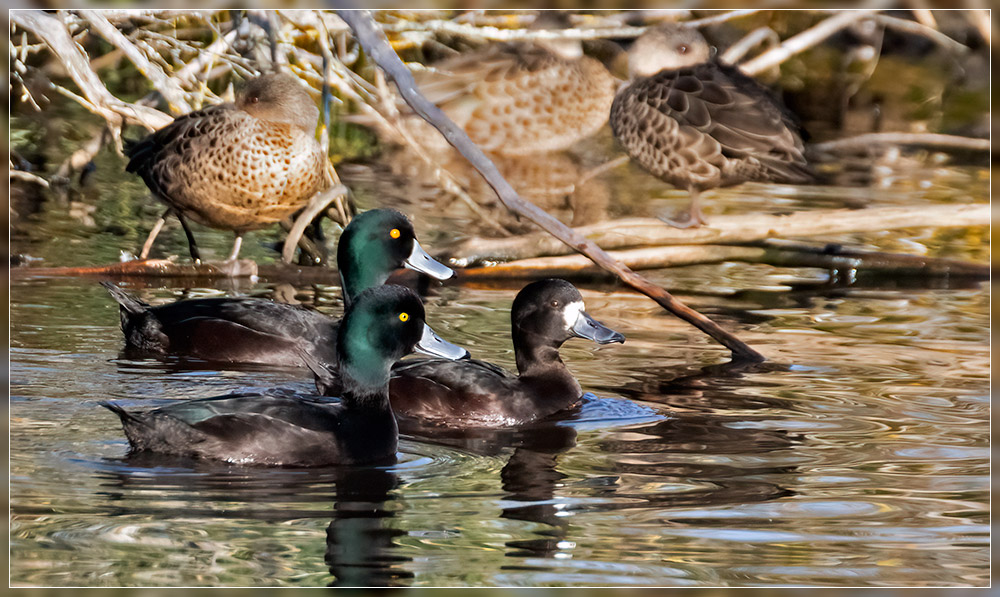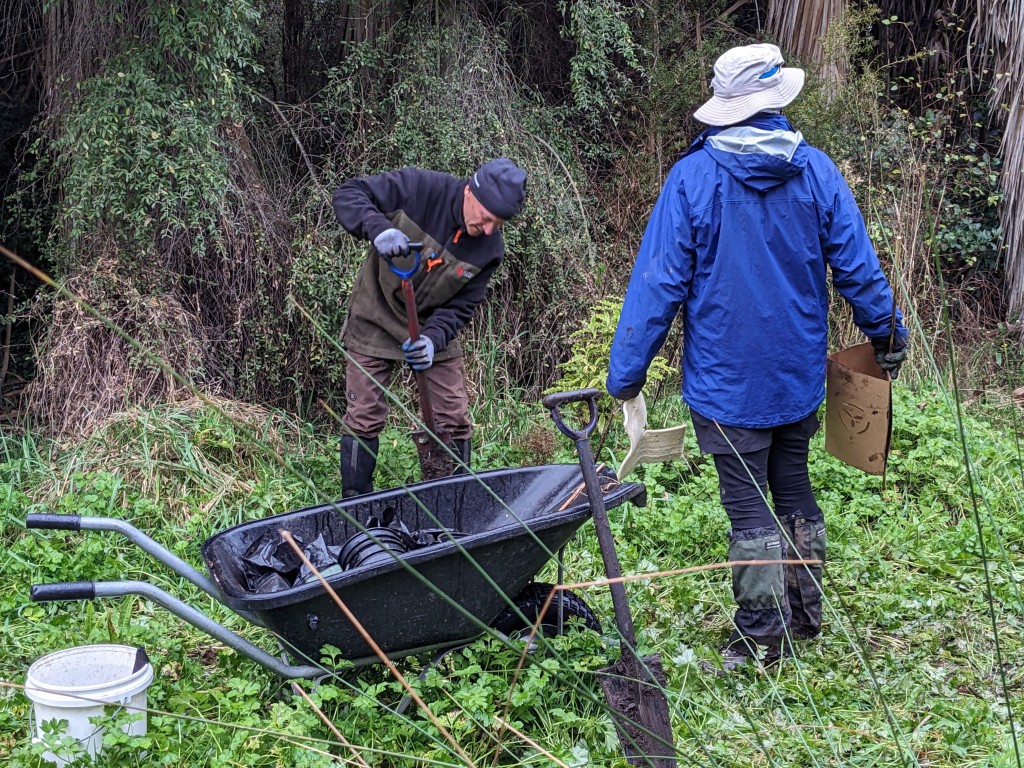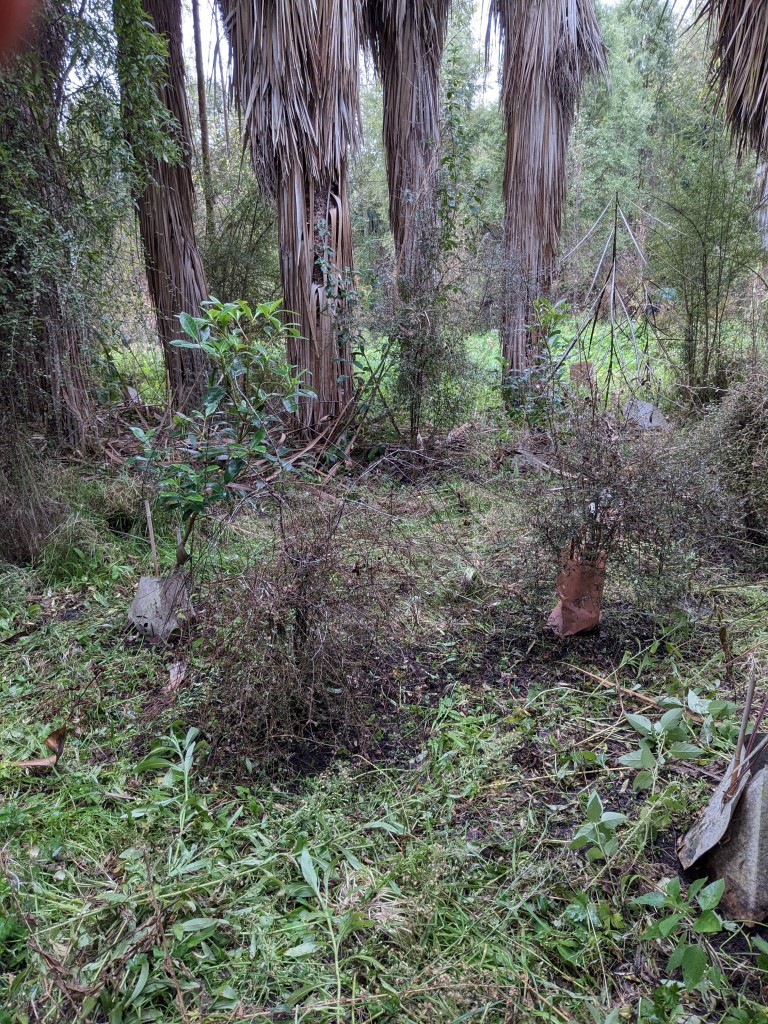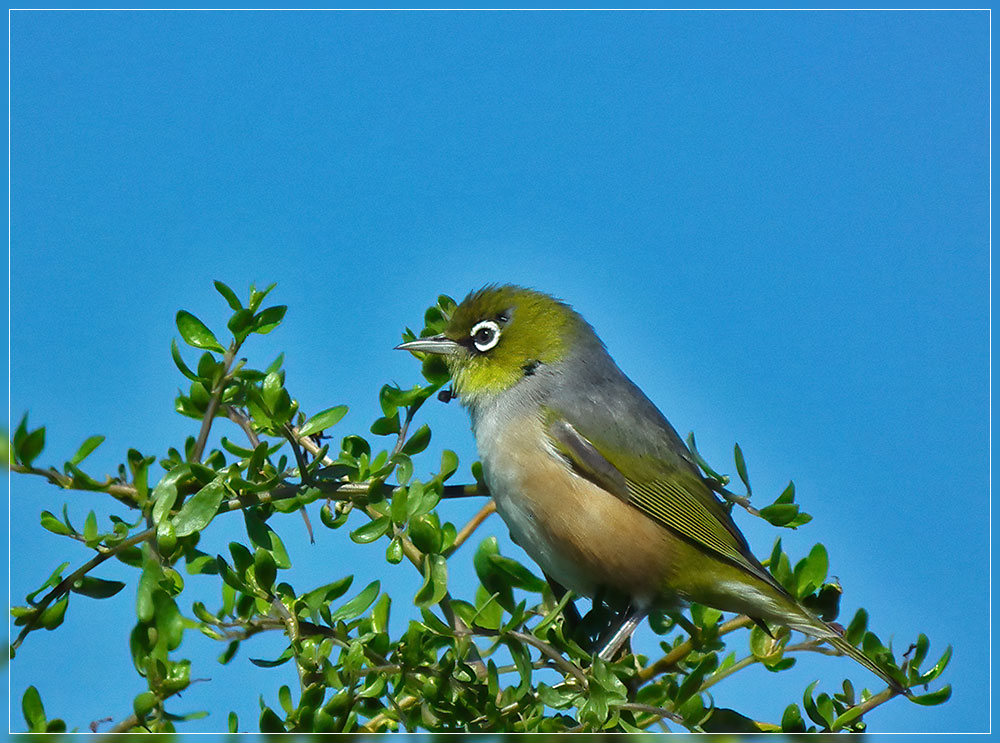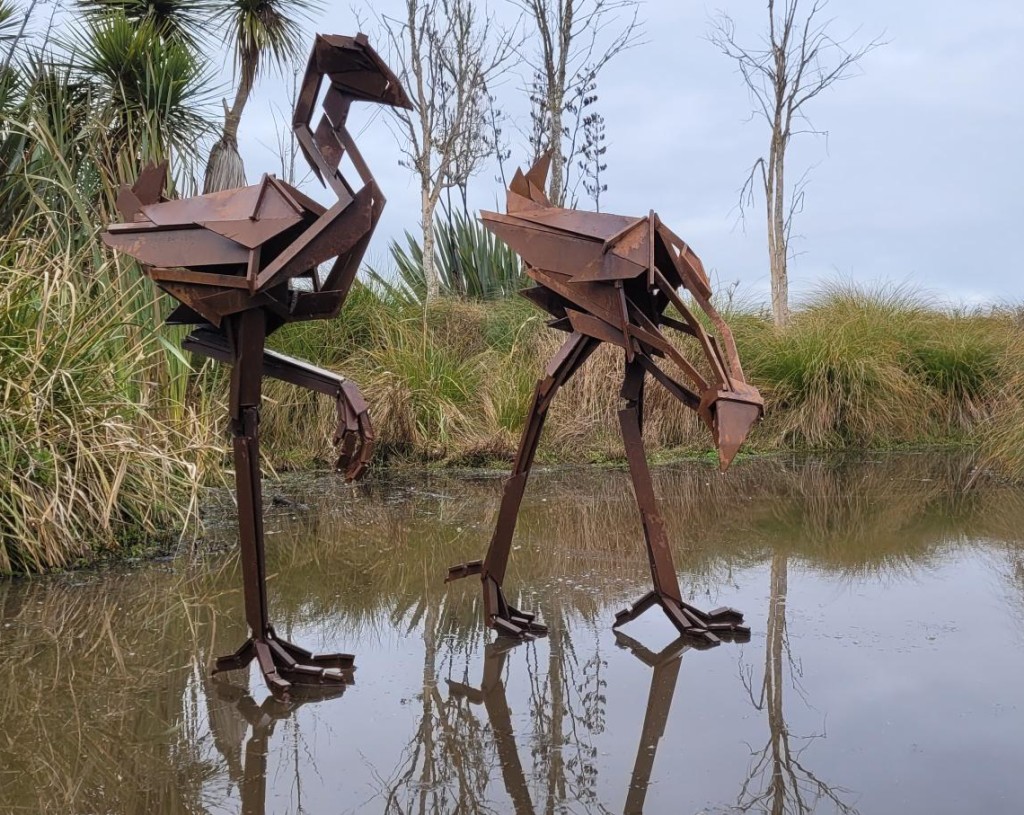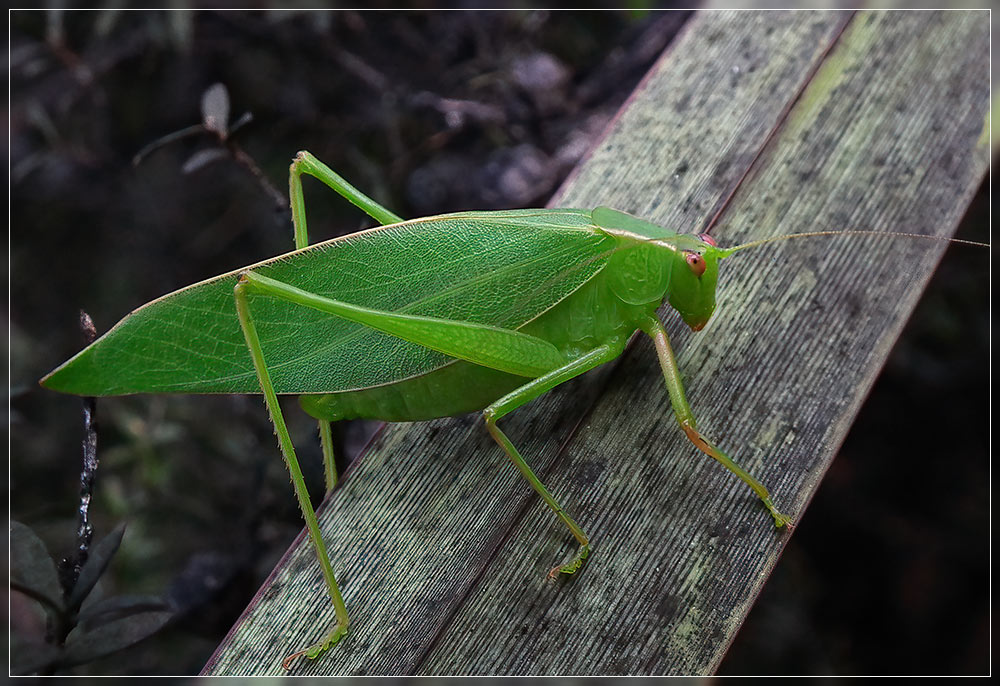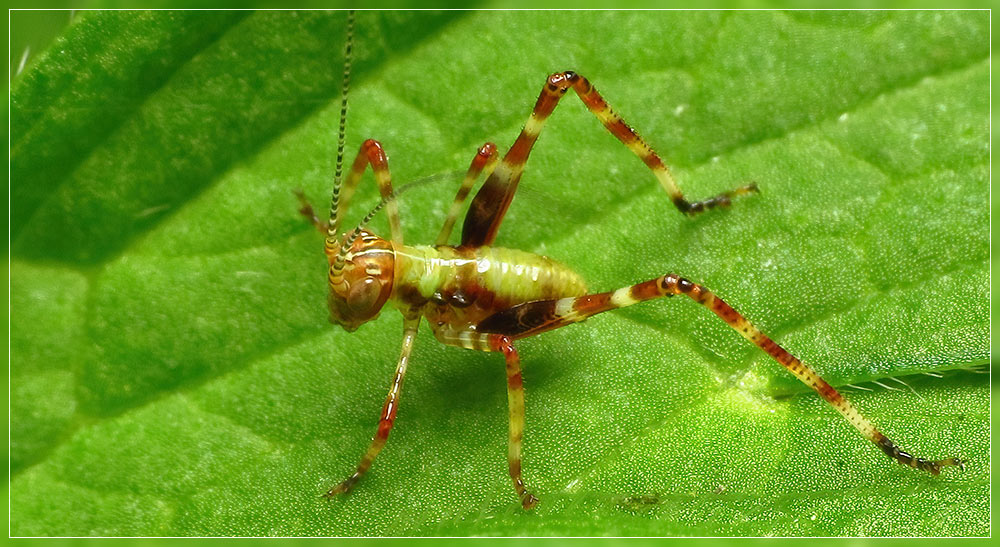All previous newsletters can be found here.
Work Day Reminder, July 15 2023
The next monthly work day will be from 9.00am – noon this coming Saturday.
This month we’ll be planting somewhere around the wetland, somewhere appropriate to the species we choose to plant.
If you arrive late there will be a notice on the Education Centre door explaining where we have gone.
All tools provided. Gumboots are advised but we can lend you some if you don’t have any. Please bring your own gloves if you can, but we have some of them for loan too.
If the weather on the work day is poor and we decide to cancel then an email will be sent by 8am on Saturday morning. So if you think the conditions are marginal, please check your emails.
If you’re reading this on the website and are not on the email list then you can add yourself to it through the form at the foot of the home page. If you change your mind there’s an unsubscribe link in each newsletter.
Latest News
Report on Last Month’s Work Day, 17 June
The morning started well, cloudy and mild, with 20 people keen to plant in the southern woods area near Travis Road. The long trudge to the work area had some wet sections but most people managed to keep their feet dry.
Our mission was enrichment planting under the now well established larger trees. We had about 60 plants covering a dozen smaller species. Planting conditions were good with moist but not waterlogged ground, and we soon worked up a sweat digging holes. Unfortunately some fine drizzle, predicted for afternoon, arrived early and many of us ignored it, getting pretty wet in the process.
The species planted included various small-leafed coprosmas and other shrubs.
Weeping matipo will provide attractive drooping shapes while Rohutu will produce white, typical myrtle flowers and red berries. Kaikomako will give shiny black fruit which should live up to the name of ‘food of the bellbird.’
Some good sized wineberry (Aristostelia serrata) were planted in the hope of fast growth to block the light reaching European grasses. Wineberry is deciduous and provides berries for kereru and other birds, as well as large leaves to feed invertebrates like the kawakawa looper moth.
Bush rice grass (Microlena avenacea) should thrive and produce its blue green leaves under the established trees. Climbing species are represented with bush lawyer and Passionflower (Passiflora tetrandra) with is glossy leaves, as described in last month’s newsletter.
Once planting was complete many of us got busy releasing specimens from previous plant-outs. Some were completely buried under weeds, especially the annoying kikuyu climbing African grass. Small specimens of matai and kahikatea were guarded so they could be found in the future.
It was pleasing to find around 20 tiny self-seeded totara, and no doubt there were more that we did not see.
We stopped work early and headed back to the cosy Education Centre where Eleanor and a young family had been busy painting a wetland mural. Refreshments and chatter provided the prefect end to our morning. Thanks everyone.
Article: Sue Britain, images: Dave Evans
Silvereyes (Tauhou)
Silvereyes have become one of the commonest birds in our gardens and at our feeders during the Christchurch winter.
The native silvereye (Zosterops lateralis), also known as tauhou in Māori , is a small, olive-green forest bird with a white ring around its eye. It is found throughout New Zealand, and is one of the most common bird species in the country. Silvereyes are slightly smaller than sparrows, and have a fine, tapered bill and a brush-tipped tongue. They are insectivores, and their diet also includes fruit and nectar.
Silvereyes are social birds, and they often travel in flocks. They are very vocal, and their song is a high-pitched twittering.
Silvereye nests are in the outermost branches of trees, shrubs and tree ferns, mostly more than 8 metres above the ground, and are a well-built, delicate cups woven into small branches and comprising moss, lichen and small fine twigs. The female lays 2-4 eggs, which hatch after about 10-12 days. The young birds fledge after about 9-11 days.
Silvereyes are very adaptable birds, and they can live in a variety of habitats, including forests, gardens, and urban areas. They are also very resilient, and they have been able to survive in New Zealand despite the introduction of predators such as rats and cats.
The silvereye is an important part of the New Zealand ecosystem. They help to control insect populations, and they also pollinate plants. Though on the flip side they can also be pests in orchards and vineyards. They are also good at spreading native trees and shrub seed but unfortunately also weeds.
Here are some additional technical facts about the silvereye:
- The silvereye’s scientific name, Zosterops lateralis, means “side-striped white-eye.”
- Silvereyes have a length of 11-13 cm.
- They weigh about 9-12 grams.
- Silvereyes live for 4-6 years in the wild but have been known to live up to 10 years in favourable conditions.
- The silvereye’s Māori name, tauhou, means “stranger” or “new arrival.”
- Silvereyes were first recorded in 1832 and arrived in greater numbers in 1856, it is assumed that a migrating flock was swept eastwards by a storm.
- Silvereyes are an important food source for native birds of prey, such as the New Zealand falcon.
Images and article curated by Grahame
New Addition to Species List
At the beginning of winter a pair of a new species of Pūkeko (Porphyrio cortenii?) appeared at Travis. Rather than flesh and blood these birds are made of Corten steel and are the work of Simon Max Bannister, a sculptor whose studio is in Lyttelton. The curious pair capture the attitude of Pūkeko perfectly and are right at home, walking on water, between the Information Centre and the main pond.
Simon excels at creating sculptures of birds in bronze as well as steel. You can read more about him and his work on his website https://www.simonmaxbannister.com/
We are very grateful for the loan of the artful Pūkeko to Travis Wetland. Pop in and take a look the next time you are passing.
Image: John Skilton
Discovering New Zealand’s Common Garden Katydid
There are not a lot of creepy crawlies to easily observe at Travis over the winter months, but the sharp-eyed among you may have noticed the common garden katydid lurking around. I see them mainly on Tōtara and Mānuka, but it’s a fair bet they will be on other species as well.
Caedicia simplex, commonly known as the common garden katydid, is a species of bush cricket native to New Zealand and Australia. This unremarkable species strongly resembles a small leaf, with grass-like, green coloration. It measures about 4–6 cm in adult size. Belonging to the family Tettigoniidae and the subfamily Phaneropterinae, it has a cylindrical or laterally compressed body with three sets of long, spindly legs used for long-distance jumping.
Caedicia simplex can be found in gardens throughout New Zealand and its native habitats. It is particularly abundant in the North Island, extending as far south as Christchurch (there are only a few observations further south on iNaturalist). The species is well-adapted to New Zealand’s diverse environments.
In New Zealand, the common garden katydid can be easily spotted in home gardens as well as forested areas. It prefers to stay near vegetation such as shrubs and plants, allowing it to camouflage itself effectively and find a source of food. As a nocturnal creature, it primarily moves about its habitat during the nighttime for safety and food collection.
The diet of Caedicia simplex primarily consists of a variety of plants, including peach trees, pines, eucalypts, roses, acacias, mahoe, beech trees, and manuka. It feeds on the green leafy matter of these plants and has the capability to make a significant impact on gardens. However, it is not considered an economic threat or pest in New Zealand.
The life cycle of Caedicia simplex spans approximately one year. Male katydids produce a series of chirping/clicking noises by rubbing their wings together to attract female mates. Females select mates based on fitness, and after mating, they lay their eggs using their ovipositors. The nymphs undergo several molts before reaching adulthood.
Overall, Caedicia simplex is a common katydid species in New Zealand, frequently found in gardens and native habitats throughout the country. Its appearance, feeding habits, life cycle, and interactions with predators make it an intriguing subject for study within the field of entomology.
Images and article curated by Grahame
New Subscription Year
The Travis Wetland Trust 2023-24 financial year started on 1 July so we’re now accepting subscription renewals for the new year. If you want to get a jump on the process before subscription requests are posted out prior to the AGM in October then please use one of the following buttons to make an immediate payment online with your credit card, or use internet banking to place money in the Travis Wetland Trust account 38-9018-0341728-00.
If you’re a new member then it would be best to sign up through the membership page on the website to see all the options.
Images from Grahame
